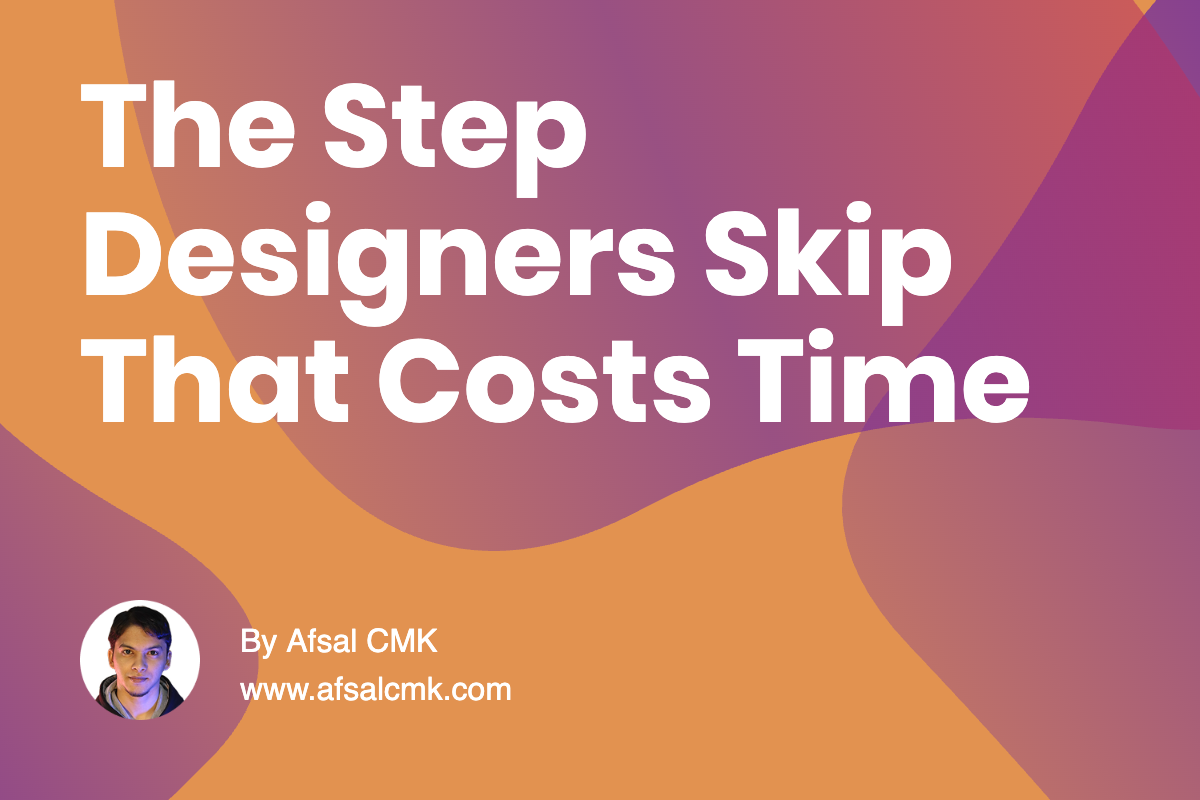
The Step Designers Skip That Costs Time
Early on, I believed good design came from inspiration-that spark of an idea you sketch out and polish until it feels right. But experience showed me otherwise. Without a process, ideas stayed shallow, and projects drifted. The work might look appealing, but it often failed to solve the deeper problem. That’s when I learned the importance of following a structured design process.
For me, the process has three stages, each with its own purpose:
- Ideation – generating as many ideas as possible without judgment. Quantity leads to quality, because unexpected patterns often surface when everything is on the table.
- Exploration – sketching flows, mapping journeys, and pushing beyond the obvious. Exploring multiple variations prevents teams from settling too early and opens space for creativity.
- Prototyping – making ideas tangible, even at a rough level. Prototypes bring clarity, uncover flaws early, and help stakeholders see and test direction before development.
Each step builds on the other. Ideation opens possibilities, exploration shapes them, and prototyping validates assumptions. Together, they create a rhythm that reduces risk while guiding the team toward stronger solutions.
What I’ve learned is that following a design process doesn’t slow things down-it speeds them up by keeping effort focused. Instead of chasing inspiration alone, you create a repeatable path to better outcomes. Great design isn’t only about talent. It’s about structure, iteration, and the discipline to trust the process.